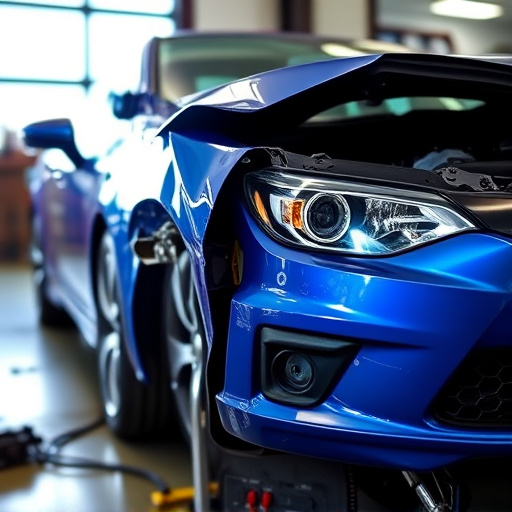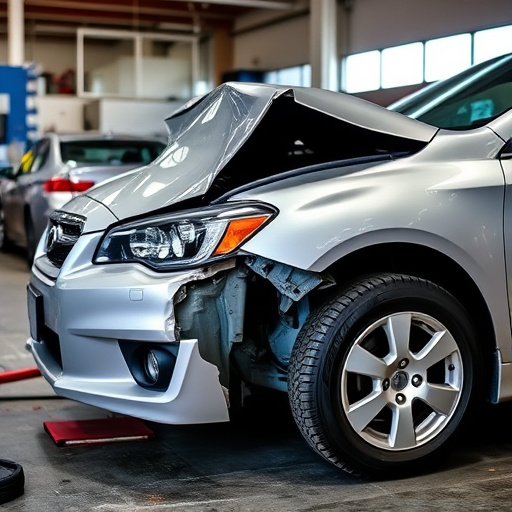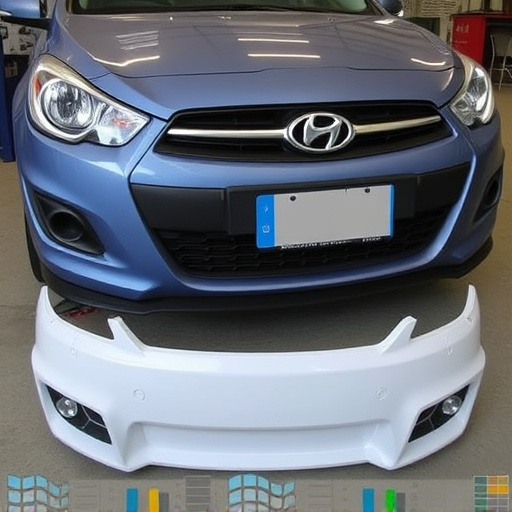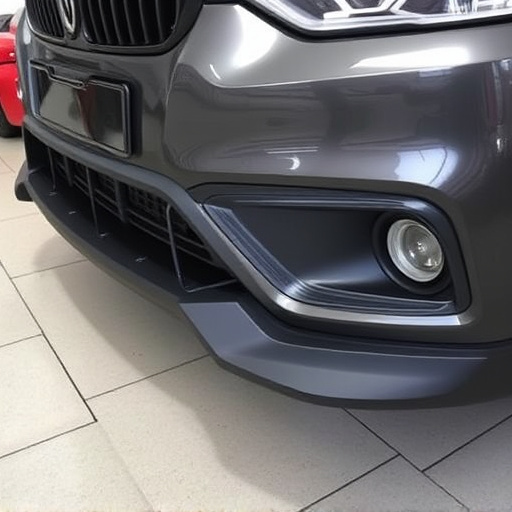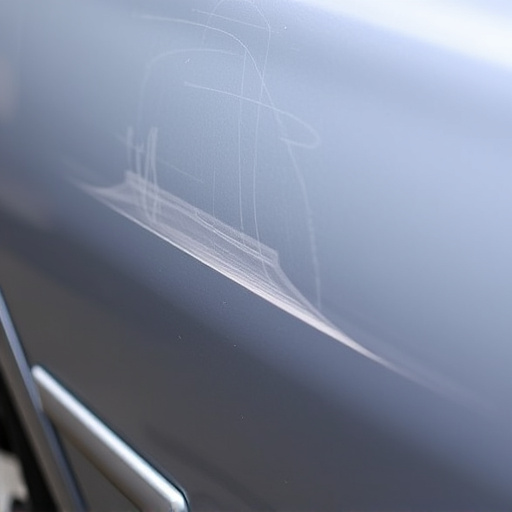The global market for new auto body panels is driven by the automotive industry's pursuit of innovation, safety, and sustainability. Advancements in technology and stricter regulations encourage the use of lighter, stronger materials to enhance vehicle performance and fuel efficiency while minimizing environmental impact. Demand comes from both practical needs like replacing damaged parts and aesthetic desires for modern looks and enhanced safety features, including electric vehicles' advanced battery systems. The creation process involves high-quality raw materials, precise cutting and forming techniques, protective coatings, and rigorous quality control. Strict adherence to industry standards ensures optimal structural integrity and accuracy during manufacturing, validated through crash scenario tests. Skilled technicians then install the panels with meticulous attention to detail, preserving original factory finishes and structural soundness in automotive repair, ensuring customer satisfaction and vehicle safety.
In today’s automotive landscape, the demand for innovative and reliable new auto body panels is on the rise. As vehicles evolve with advanced designs and safety features, so does the need for industry standards in production. This article explores the driving forces behind this trend, delving into the meticulous process of manufacturing industry-standard panels. We’ll uncover the critical steps, from design to quality control, ensuring these new auto body panels meet stringent safety and performance benchmarks.
- Understanding the Demand for New Auto Body Panels
- The Process of Producing Industry-Standard Panels
- Ensuring Quality and Safety in Auto Body Panel Manufacturing
Understanding the Demand for New Auto Body Panels

The demand for new auto body panels is a reflection of the ever-evolving automotive industry and its commitment to innovation and safety. With advancements in technology and stringent regulatory standards, manufacturers are constantly pushing for lighter, stronger, and more durable materials. This not only enhances vehicle performance but also contributes to better fuel efficiency and reduced environmental impact. The need for new auto body panels arises from both the replacement of damaged or worn-out parts and the desire for modern aesthetics, as well as enhanced safety features that come with updated models.
Vehicle restoration and customization play a significant role in driving this market, as car enthusiasts seek to restore their classic vehicles to their former glory or personalize new ones according to their tastes. Auto painting is another critical aspect, as manufacturers strive to offer vibrant colors and finishes that cater to consumer preferences while ensuring the panels withstand the rigors of daily use. The global trend towards electric vehicles (EVs) also drives demand, as new auto body panel designs need to accommodate advanced battery systems and streamline aesthetics for these innovative transportation solutions.
The Process of Producing Industry-Standard Panels
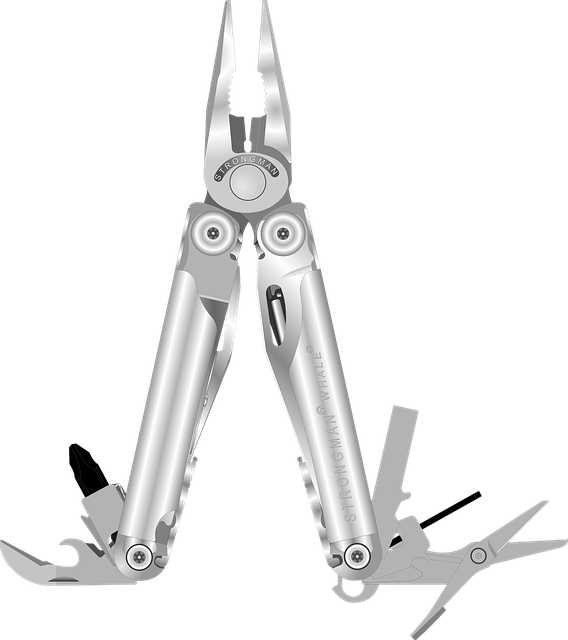
The process of producing new auto body panels involves a meticulous series of steps designed to ensure industry-standard quality. It begins with obtaining high-quality raw materials, such as steel or aluminium, sourced from trusted suppliers. These materials are then pre-processed, including cutting to specifications and forming into the desired shapes through techniques like stamping, rolling, or extrusion.
Next, the panels undergo rigorous quality control checks to meet stringent industry standards. This includes examining dimensions, surface finishes, and structural integrity. Once approved, the panels advance to assembly lines where skilled technicians apply specialized coatings, primers, and paints to create a durable, protective barrier against corrosion and environmental factors. The final step involves careful installation onto vehicles, ensuring precise alignment and seamless integration during vehicle collision repair or bumper repair processes in an automotive body shop.
Ensuring Quality and Safety in Auto Body Panel Manufacturing
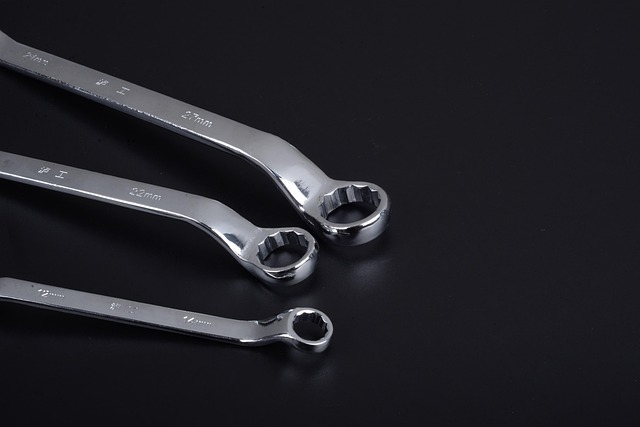
In the manufacturing of new auto body panels, ensuring quality and safety is paramount. This involves adhering to stringent industry standards set by regulatory bodies and automotive manufacturers alike. Each panel must meet rigorous criteria for structural integrity, material composition, and dimensional accuracy. Advanced testing procedures, including simulated crash tests, are employed to validate the panels’ performance in real-world collision scenarios. This commitment to quality not only guarantees the safety of vehicles but also enhances their overall durability and longevity on the road.
Furthermore, automotive repair and collision repair processes must be meticulously executed to preserve the integrity of these new auto body panels. Skilled technicians in vehicle body shops play a crucial role by employing precise techniques during replacement or repair. They ensure that panels fit perfectly, maintaining the original factory finish and structural soundness. This attention to detail is vital not only for customer satisfaction but also for the overall safety of drivers and passengers.
In conclusion, the demand for new auto body panels is driven by advancements in vehicle design and safety standards. The industry has perfected the process of producing these components through meticulous engineering and precision manufacturing techniques. By prioritizing quality and safety throughout the production cycle, automakers ensure that new auto body panels meet stringent industry benchmarks, contributing to the overall durability and performance of modern vehicles.
